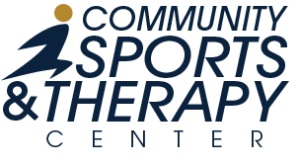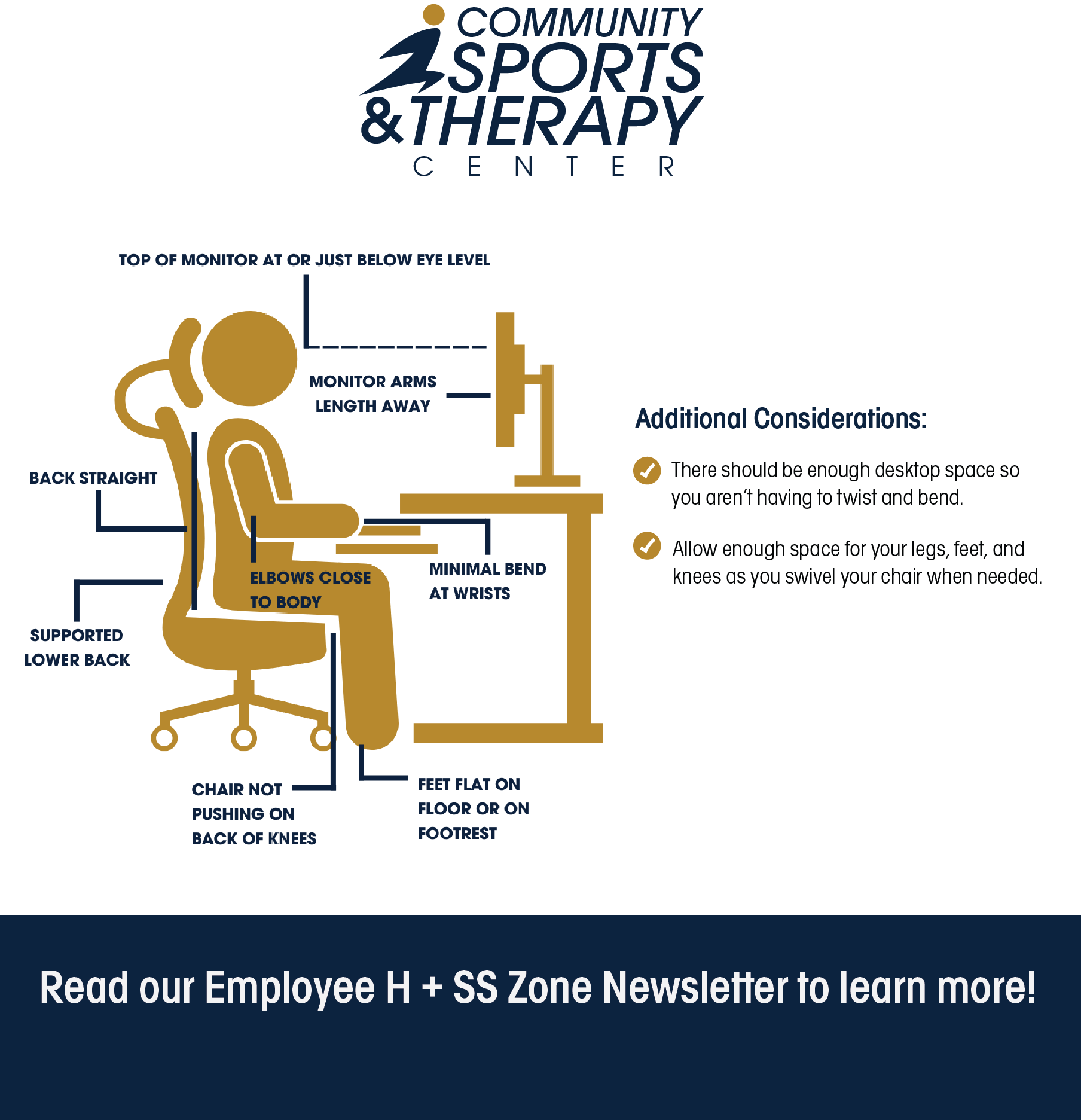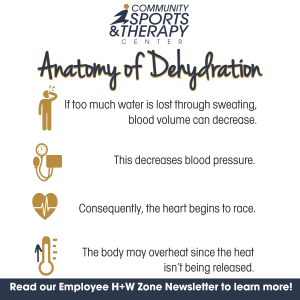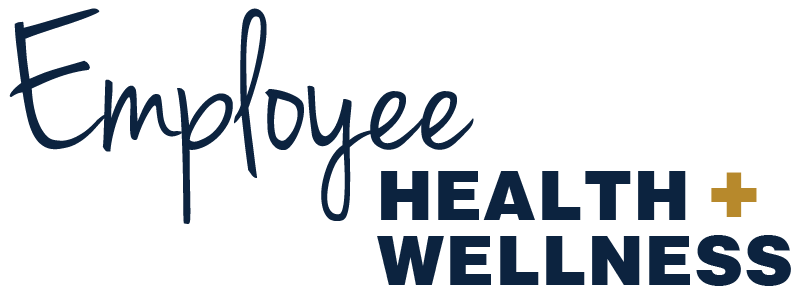
Employee Health + Wellness
We provide the most comprehensive employee health + wellness programs in West Central Ohio. These services include industrial rehabilitative services and our musculoskeletal health + safety services program.
Our team assists employers, employees and physicians by providing physical/occupational therapy in our clinical sites as well as physical/occupational therapy and industrial athletic trainers at the work site. We provide ergonomic work place set-up, job demands, and work place exercises for jobs ranging from the light to heavy industrial settings. Our scope covers more than just the employee on the work floor. We also work with office staff experiencing neck, back, and/or wrist pain, and other musculoskeletal symptoms. We promote early symptom detection, employee well-being, and prevention education no matter the job demands.
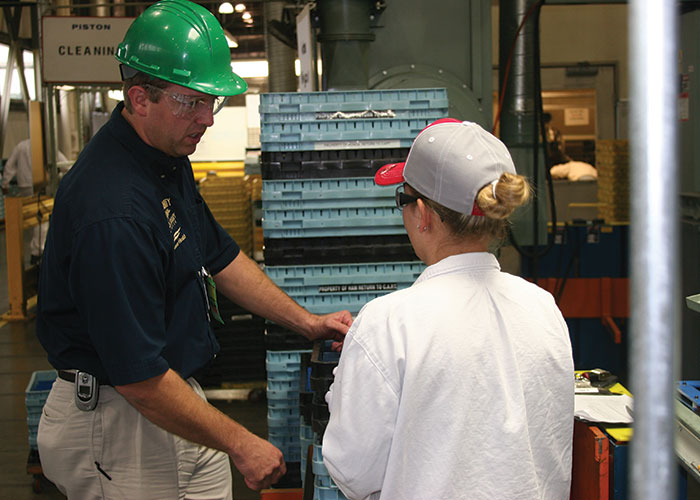
%
of employees who work in companies promoting wellbeing activities are more likely to recommend their company as an excellent workplace.
%
of workers say they feel more motivated at their job if their leaders support well-being efforts.
%
of employers offering wellness programs reported increased financial sustainability and growth.
Industrial Health + Wellness
Healthcare for the Industrial Athlete.
Our industrial therapists and industrial athletic trainers are committed to providing prevention education, early symptom management, and if necessary personalized return-to-work programs for each injured employee. We assist employers in managing workers’ compensation, disability costs, and improve the long-term employability of the company’s work force.
Transitional Work Therapy
A return-to-work program, focused on gradually increasing job demands and work tasks toward a targeted or previous job.
Functional Capacity Evaluations (FCE)
Helps define an employee’s current ability and level of function to perform various work duties and tolerance for required work postures and positions. This can be compared to a prior Job demands analysis for a specific job match to returning employee.
Ergonomic Assessment
Completed at the work site to identify and if possible, recommend modifications to reduce work related injuries. This also allows an injured employee to return to the same job or to more compatible job within the company.
Injury Prevention Program
We develop targeted exercises related to the work tasks performed at the work site. We also provide customized education for your supervisors and employees on a variety of ergonomic, health, and safety related topics relevant to you work demands.
Job Analysis
Documents the essential functions of a job or task and the physical demands of that particular job.
Post Offer Pre-Placement Screens
An objective test designed to evaluate hired employees to determine if they have the physical capacity to perform the essential functions of the job offered to them. This test also allows our rehab staff to educate the new employee in ergonomic awareness and well-being exercises.
Sprain/Strain Clinics
Therapists are available for cost-effective evaluation of early employee musculoskeletal symptoms. This is addressed through on-site visits, scheduled near site appointments, and telehealth symptom evaluations for urgent needs. The key is prevention and reduction through early intervention.
On-Site Physical/Occupational Therapy
This program can be performed as a cost savings for the company and convenience to the employee. This is only for work related injuries and is completed at your work site. This program has to be set up prior to therapy being ordered and private space for treatment will be required.
Industrial Ergonomic Consulting and Job Site Analysis
Please call Scott Gels, OTR/L, Director of Employer Services at 419-678-5125 for more information or email us at wellness@cstcenter.com
Musculoskeletal Health + Safety
The key to the cost-effective management of musculoskeletal injuries is early symptom evaluation and proactive treatment.
Community Sports & Therapy Center has joined the Occupational Accountable Care, LLC (OAC) network to improve the health and productivity of employed populations. The Musculoskeletal Health + Safety Services program offers employees alternatives that can reduce unnecessary doctor visits, diagnostic imaging and delayed rehab to resolve musculoskeletal injuries.
This program has proven to significantly reduce reportable injuries and improve productivity for employers.
Direct Benefits:
- 68% reduction in Total WC Paid for MSD claims
- 43% reduction in number of MSD claims
- 48% less MSD claims in first year of employment
- 47% less Paid per MSD claim with early intervention
- 64% reduction of Total Paid on sprains/strains
- 54% reduction of Total Paid on fractures
In-Direct Benefits:
- Increased Productivity
- Improved Employee Morale
- Decreased Absenteeism
- Wellness Incentives
- Lower Non-Work-Related MSD Spend
Office Ergonomics
What is office ergonomics?
Office ergonomics is the science of designing the workstation to fit within the capabilities and limitations of the worker. Your office chair, monitor, and desk all play a role in office ergonomics design and your overall health. Many do not realize that a poor work station set up can have serious consequences on health. It is also important to keep in mind that there is no perfect ergonomic posture.
What is the ideal office set up?
Although there is no perfect work station set up, there are several recommendations that result in an improved set up. Chairs should be used to support good posture. Having options for seat, armrest, and lumbar height is ideal. Using a chair with backrest tension can also keep the back supported and improve posture. For those with a shorter stature, the chair may need to be raised to minimize reach and arm elevation. In some cases a footstool may be needed to improve leg positioning. Take time when determining your chair set up. Also evaluate your posture periodically while working. To reduce digital eye strain, consider moving your desk and monitor so that your window is to your side, not behind you.
Follow the 20-20-20 Rule: Every 20 minutes, take a 20 second break, to focus on an object that is 20 feet away from you.
Visit our blog to read the full article here.
Dehydration Prevention
What is dehydration and how do you prevent it?
Dehydration occurs when you use or lose more fluid than you take in, and your body doesn’t have enough water and other fluids to carry out its normal functions. If you don’t replace lost fluids, you will get dehydrated. Between 55-78% of the body is made up of water. Even losing a little bit, as little as 1.5% of your body’s water, can cause symptoms. Those symptoms can be as simple as a slight headache, or the dehydration could contribute to a life-threatening illness like heatstroke (hyperthermia). Your body’s natural response to inadequate hydration is thirst. You should respond to thirst right away by drinking fluids – preferably water. Drink enough water to prevent yourself from feeling thirsty!
Exactly how much water do you need?
That depends on your weight, age, level of activity, age, the climate of your environment and other factors. Those with diabetes, heart disease, cystic fibrosis and other conditions may need to be cautious. The amount of water you need can also depend on the climate and what clothes you’re wearing. Although the standard advice is eight glasses of water per day (about 2.2 liters or 2.3 quarts per day for an adult female and about 3 liters or 3.2 quarts per day for an adult male), talk to your healthcare provider to confirm the right amount for you.
Remember: water is all you need if you’re planning to be active in a low or moderate intensity activity such as walking for only an hour or less. If you plan to exercise longer than that, or if you anticipate being out in the sun for more than a few hours, you may want to hydrate with some kind of sports drink.
Visit our blog to read the full article here.
Proper Lifting Techniques
The most important parts of proper lifting techniques are body mechanics and posture.
Poor body mechanics are often the cause of back pain and discomfort. The process of lifting places one of the greatest loads on the low back and therefore, has the highest risk of injury. Using proper lifting techniques is critical to preventing injury to your low back.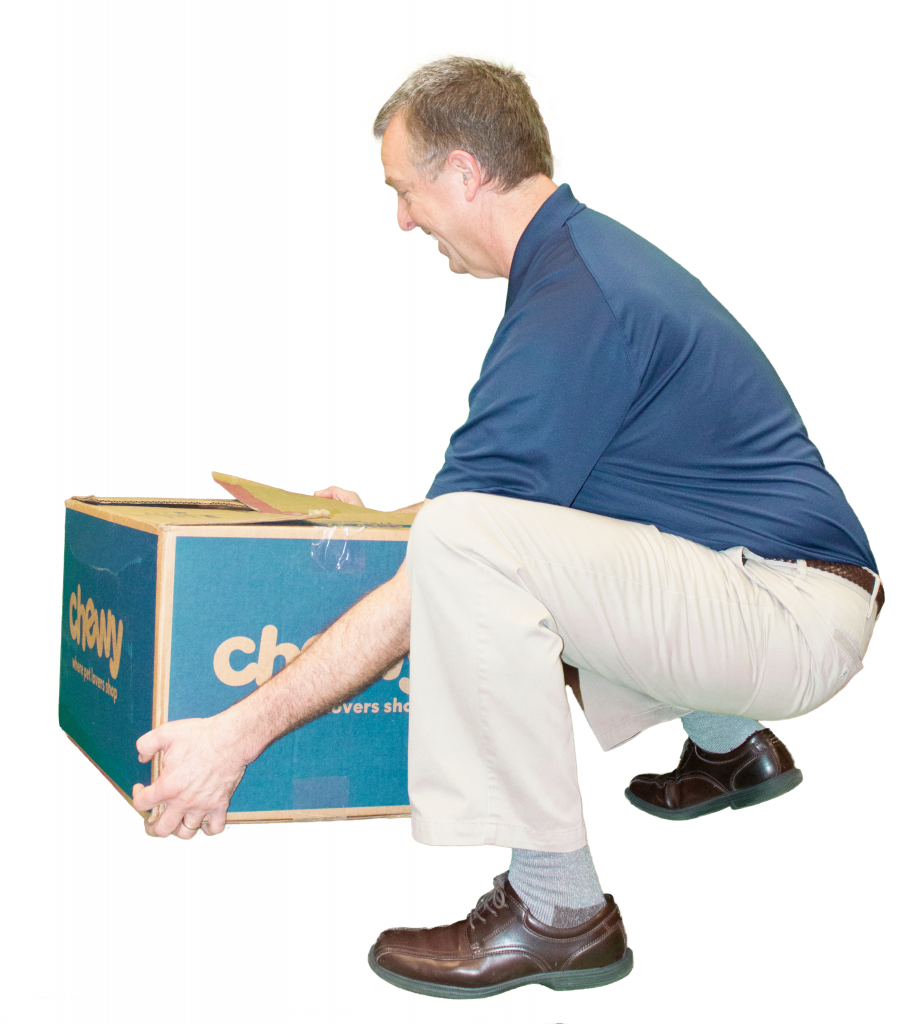
- Keep the load immediately in front of you. Get as close to the object as possible. Having the load too far away from your body can increase the chance for injuries to the shoulders, arms and back.
- Use a wide, staggered stance. Have one foot forward to put yourself in a position of power. This allows a more stable lift and gives you better balance.
- Prepare for the lift. Tighten your core muscles, keep your eyes forward and chin up. Maintain a neutral position with your back.
- Lift slowly and follow your head and shoulders. Keeping the load close, lift with your legs to a standing position. Breathe out as you lift. Use your feet to change direction, and avoid twisting to put unnecessary strain on your back.
- Use the same technique for lowering the object. Lowering the item is just as important as lifting it. Many people prepare for the lift, but relax when lowering the object, putting them at higher risk for injury.
These proper lifting techniques can reduce the strain on your back to help prevent injury. If you do injure your back while working you should tell your supervisor immediately, even a small injury has the potential to turn into a serious problem.
Remember, the best way to treat a back injury is by preventing it from occurring.
Visit our blog to read the full article here.
Set Up a Meeting!
Please call Scott Gels, OTR/L, Director of Employer Services at 419-678-5125 for more information or email us at wellness@cstcenter.com
Workers Compensation Savings
We offer pro-active care coordination services to achieve outcomes in the best interest of all parties.
Health + Safety Services Zone
We offer a free newsletter full of Health + Safety Services news to keep your employees safe and healthy. Sign up here or email us at wellness@cstcenter.com with the subject “Health + Safety Services Zone”
